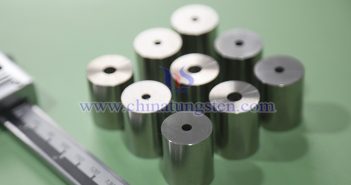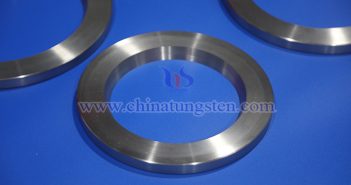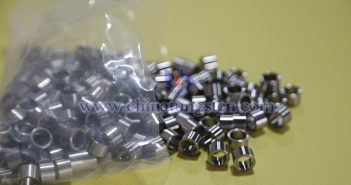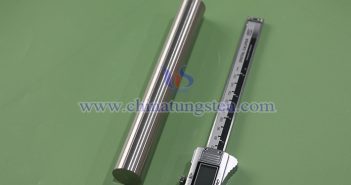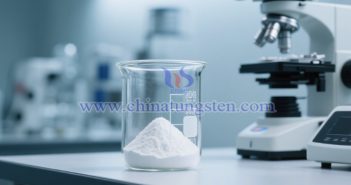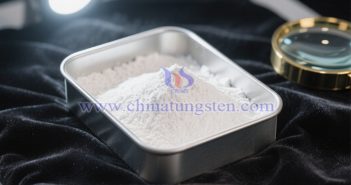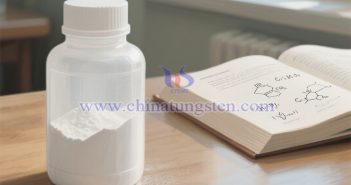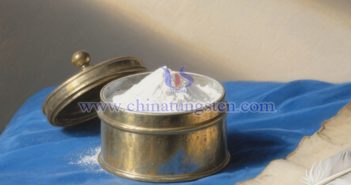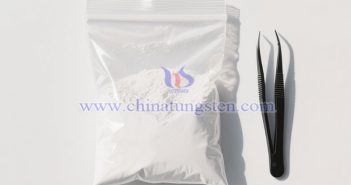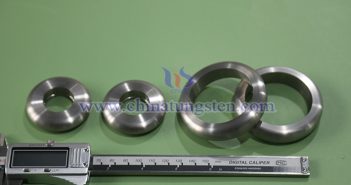
Tungsten-nickel-iron alloy, composed of tungsten, nickel, iron, and other elements, features high strength, high hardness, excellent corrosion resistance, and radiation shielding capabilities. It is widely used in aerospace, aviation, military, and electronics fields, such as for manufacturing counterweights, shielding components, and high-temperature structural parts. Common production methods include powder metallurgy, metal injection molding, and chemical co-precipitation. Powder Metallurgy: This is a primary method for producing tungsten-nickel-iron alloy. First, tungsten powder, nickel powder, and iron powder are mixed in specific proportions,…

